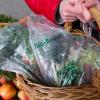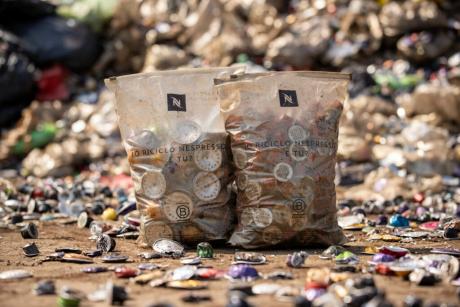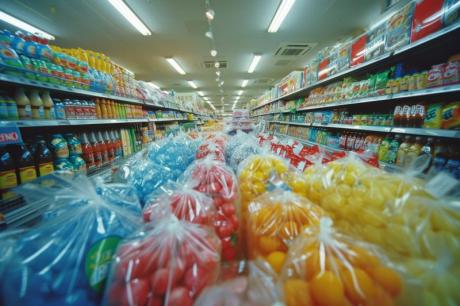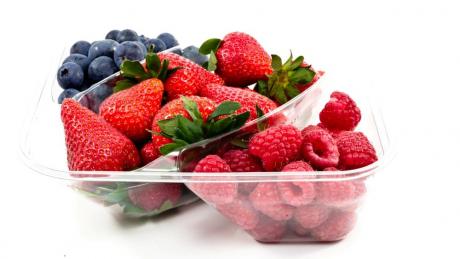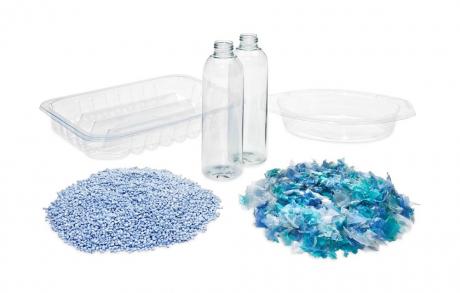The contribution will be cut from €55 to €25 per tonne from 1 July, bringing savings of more than €135 million for users of paper and cardboard packaging. As of next year, diversified contributions will be introduced for composite packaging not used for containing liquids.
The Board of Directors of Italian non-profit packaging consortium CONAI has approved a reduction in the environmental contribution for paper and board packaging from €55 per tonne to €25 per tonne as of 1 July 2021. The expected savings for users of this type of packaging amount to more than €135 million from a total consumption of 4.5 million tonnes.
This reduction in the basic contribution is mainly due to the higher market value of secondary raw material. The price of paper obtained from waste has risen significantly since the beginning of 2021, pushing up consortium revenues generated by waste paper sales.
A rebalancing of domestic waste paper consumption by around one million tonnes following the opening of three new paper mills has also helped to make recycled paper even more lucrative and has staved off the risk of a decline in its market value.
Thanks to this positive economic scenario, Comieco (the Italian national consortium for the recovery and recycling of cellulose-based packaging) is able to continue to guarantee paper and cardboard packaging waste collection and management even with an environmental contribution that has been more than halved.
Polylaminated packaging for containing liquids: for paper-based polylaminated packaging suitable for containing liquids, the environmental contribution will be reduced from €75 per tonne to €45 per tonne, the additional contribution of €20 per tonne remaining unchanged.
Other polylaminated packaging: after taking action regarding polylaminated packaging for liquids in 2018, the board of directors of CONAI has decided to extend the CONAI Diversified Environmental Contribution (CAC) to other paper-based composite packaging other than containers for liquids. The new diversified contribution has been undergoing study for about a year and will come into effect on 1 January 2022.
Packaging has been divided into four categories according to the percentage weight of the paper component with respect to the total weight of the packaging.
The first two categories, A and B, which have a paper component greater than or equal to 90% and 80% respectively, will be subject to the paper CAC (from 1 July 2021 reduced to €25 per tonne) and no additional contribution will be charged.
The third type C consists of packaging in which the paper component is greater than or equal to 60% but less than 80%. Recycling this kind of packaging is complex and costly. With current technology, for every 100 kg of packaging more than 60 kg ends up as non-recyclable waste. As of 1 January 2022, packaging in this category will be subject to an extra CAC of €110 per tonne.
The fourth type D consists of composite packaging with a paper component of less than 60%. This kind of packaging cannot be recycled and consequently has a major environmental impact. In the recycling process, 100 kg of this packaging produces more than 85 kg of dry waste and almost 150 kg of wet waste to be sent to landfill after consuming water and electricity. The extra contribution for this packaging will therefore be €240/tonne. All packaging for which the paper percentage is not specified will also be included in category D.
Since this packaging cannot be recycled together with paper and cardboard, producer and user companies are asked to indicate on the label that it should be disposed of as unseparated non-recyclable waste in order to minimise the environmental impact of its end-of-life management.


